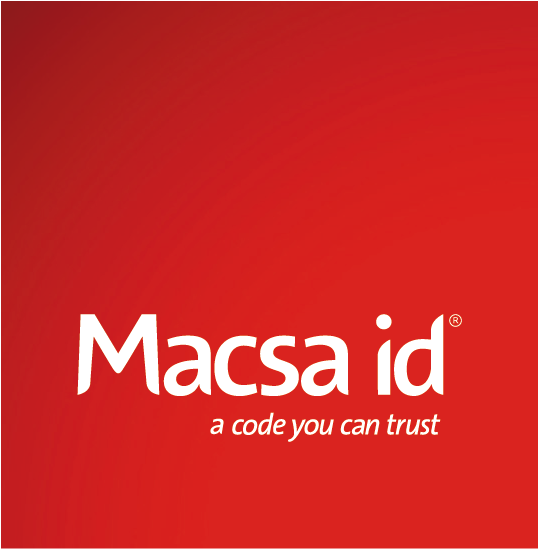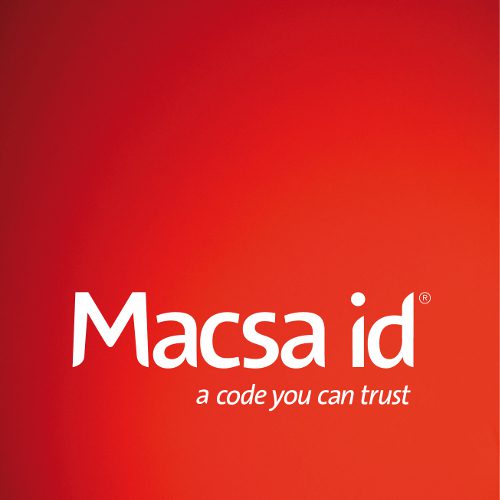Macsa id offers a customized solution to eliminate manual productivity data collection on both machines and production lines via its INTEGRA EFFICIENCY software, replacing these data collection processes with a real-time automated data collection platform. In addition, it offers customer support to export data through dashboards and customized reports in data analytics environments.
This proprietary software was developed from the experience gained during multiple efficiency management in production lines monitoring projects. This case examines the implementation put in place at Cerealto Siro Foods, a leading global food processing company specialized in cereal-based food manufacture.
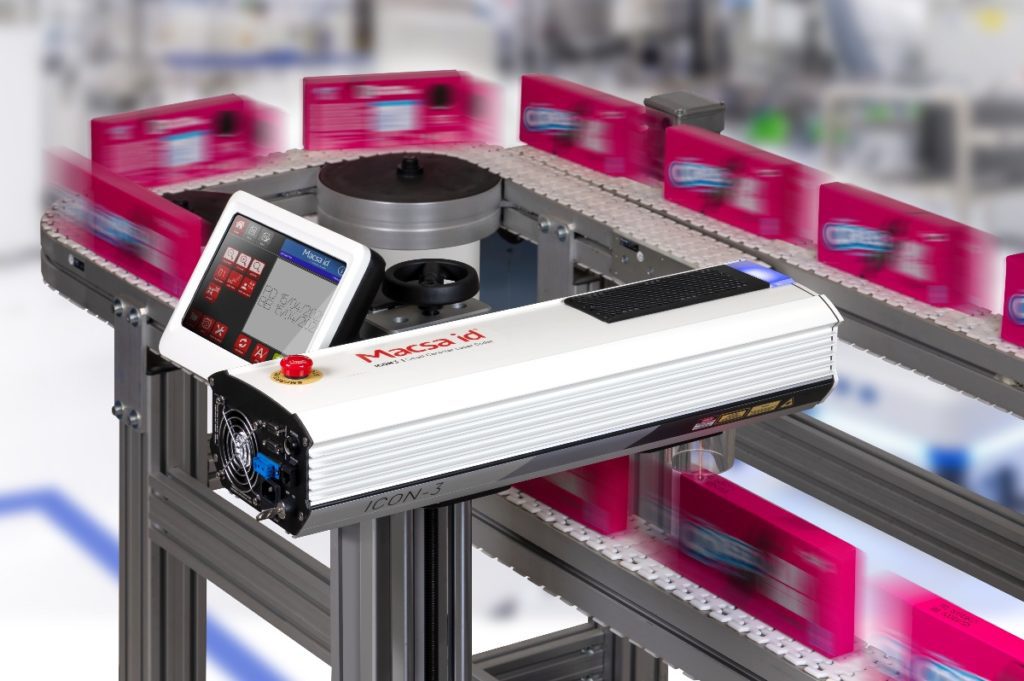
Efficiency management monitoring systems for production lines
Table of contents
4. Fourth stage: Implementation
6. Production line optimization
For the implementation of an efficiency management monitoring system, a standard project has the following stages:
- Exploring and understanding the current situation at the company, both at the level of communication with the machines and the culture of continuous improvement.
- Installation of a pilot project into one of the main production lines.
- Analysis of the results obtained and expansion of the project to other machines and/or factories.
- Implementation of the monitoring system throughout the organization.
- Integration with ERP to eliminate manual data collection.
1. First stage: Understanding
This is a stage of diagnosis and understanding the company situation, both at the level of communication with the machines and the culture of continuous improvement.
When Macsa id arrived at Cerealto Siro Foods, it found a company with a defined operational model and a culture of continuous improvement established throughout the organization. The value of collecting efficiency data was clear and they were already working on collecting data manually to manage incidents during production shifts.
2. Second stage: Installation
For the INTEGRA EFFICIENCY software pilot project installation, a pasta packaging line was chosen due to several factors: the complexity of the process, the low profit margin on the product, the high production volume, and the low availability of line personnel. Once the production line was chosen, the installation process began with the following steps:
- Validation of the communication possibilities between the machines.
- Studying the operation of the production line.
- Establishing hardware, cabling and network requirements.
- Purchasing and installation of devices.
- Gathering information on product types, reasons for downtime, rated machine speeds, etc.
- Configuring the INTEGRA EFFICIENCY software customized for this pasta packaging line.
- Operator training for interaction with the user interface.
- Middle management training to export information.
- Training upper management in analysis of the information acquired.
3. Third stage: Analysis
At this stage, the results were analyzed and an expansion proposal was carried out, to include the client’s other machines and/or factories.
The results obtained in the pilot exceeded Cerealto Siro Foods’ expectations. Firstly, the start-up was carried out quickly, since in a mere 30 days, the entire installation process was completed and real-time results were already being seen in the factory.
In addition, comparison with manually collected data revealed hidden production capacity due to unreported downtime that was justified as a loss of speed. In particular, it revealed automated detection of reasons for downtime (such as plastic reel changes in the packaging machine) that made it possible to quantify excess lost time and make decisions to reduce these events.
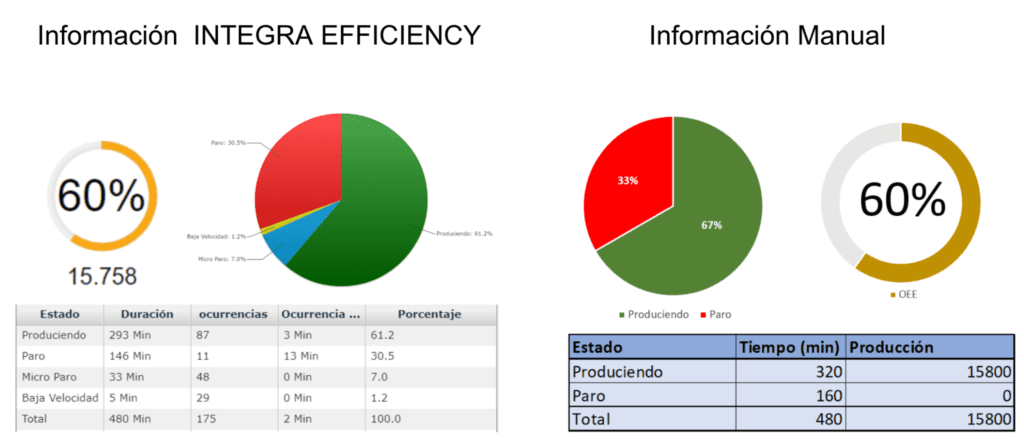
Likewise, it was possible to verify a 10% improvement in the OEE indicator used to measure efficiency due to the insights generated on the plant floor with the INTEGRA EFFICIENCY software screens.
With the results of the pilot, an economic feasibility study was conducted to justify the investment of installing the system throughout the factory, attaining a return on investment (ROI) of less than 12 months. This prompted Cerealto Siro Foods to make the decision to implement the INTEGRA EFFICIENCY software in three of its factories: Venta de Baños, Toro and Aguilar de Campoo.
4. Fourth stage: Implementation
The decision was made to implement the INTEGRA EFFICIENCY monitoring software at three other factories, covering the following processes: pasta packaging, cereal packaging and cereal bar manufacturing. The challenges were distinct in each case, but to carry out the project, a team was created made up of three Cerealto Siro Foods continuous improvement managers who, together with Macsa id representatives, were able to deal with each issue and standardize efficiency indicators and concepts for very different processes.
The implementation process lasted 12 months and when it reached its conclusion, the efficiency management monitoring system had been successfully implemented, achieving productivity improvements in many areas, reducing downtime, waste and adjustments in product changes.
5. Fifth stage: Integration
The last step in the project was to integrate the ERP system to eliminate manual data collection, thus eliminating a repetitive task that took more than 30 minutes per shift.
6. Production line optimization
INTEGRA EFFICIENCY stands out among the different software solutions available to meet Macsa id customer coding, marking and traceability needs.
In the field of automated collection and analysis of production data, it offers:
- Comprehensive, relevant and reliable information in real time.
- Elimination of the possibility of error or omission via manual collection.
- Recording details of events that could be forgotten.
- Quick identification of improvement opportunities.
- Identification of production trends.
- Report generation from anywhere via mobile electronic devices.
In addition, it offers a complete visualization of all parameters, allowing for greater motivation to stay on target with customer production goals. This in turn facilitates quick reactions to potential setbacks and promotes a culture of achievement and continuous improvement.
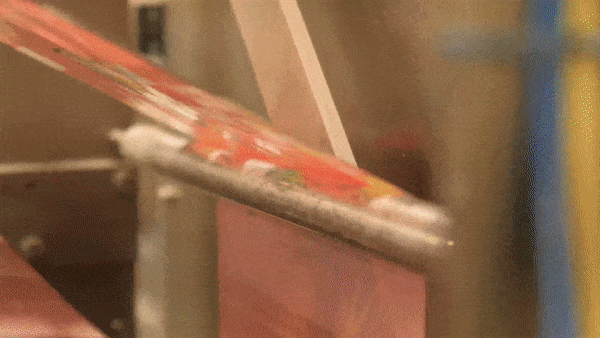
If you are looking for the best laser solution, do not hesitate to contact us:
